When you think of all the developers out there, D-76, D-23, HC-110, DK-50, Rodinal, these are all designed specifically for developing standard black & white films, but there is another developer that often flew under the radar mainly because it proved so industry-specific that the home photography wouldn’t even think of using the developer in their own processing. That developer is D-96, originally created by Kodak for use to develop black & white motion picture film. But the average photographer cannot get small quantities of D-96 but that’s where Cinestill stepped in releasing their own version of D96 along with the Film Photography Project. I have now twice used the Cinestill stuff and have a large package of the FPP stuff for reviews in the new year.

Technical Details
Manufacture: Cinestill
Name: D96
Primary Developer: Metol and Hydroquinone
Type: Reusable and One-Shot
Mix From: Powder


Handling
If you’re familiar with mixing up D-76 or Perceptol then mixing up D-96 from powder is a simple task. Add the water, pour in the powder then top up, all while mixing until the powder is fully dissolved into the solution. The Cinestill kit makes a litre of stock solution and will last several months or process up to ten rolls of film. The one-gallon kit from the FPP will process up to fifty rolls. If you’re more adventurous you can mix up your own D96 from scratch, you use the same basic chemistry as D-23/D-76, but there are a couple of additional ingredients. According to Jeffery Sopar the ingredients are Water (750mL), Metol (1.5g), Sodium Sulfite (Anhydrous) (75g), Hydroquinone (1.5g), Borax (Decahydrate) (4.5g), Potassium Bromide (0.4g) then top up with water. Like anything keep the developer in airtight dark containers for best preservation. Personally, I use D96 as a reusable developer (stock) until I’ve worked through the total number of rolls. I have not yet tried the 1+1 dilution but it is possible I would not recommend going any more dilute.




Applications
D96 is designed primarily to process films designed for the motion picture industry, but don’t just limit yourself to those film stocks. That said, the motion picture films do respond wonderfully to the developer. I’m talking of course of Eastman Double-X and Eastman 2238. But these days we also have access to ORWO N74 and UN54 or their Lomography cousins in Berlin 400 and Potsdam 100. In fact, Berlin 400 shines in D96 far better than most other developers and Potsdam 100 is an equally stunning example. FilmFerrania P30 looks awesome, but the trouble is you do need to have it being constantly agitated which means without a rotating base you’re going to end up with carpal tunnel. The only two non-motion picture films I have processed in D96 is Kodak Tri-X and Ilford FP4+ in both cases the films developed well, FP4+ more so than Tri-X. The trouble with the Tri-X is that the film seemed to have a bit more base fog and was as a result difficult to both scan and print in the darkroom. But FP4+ turned out amazing.
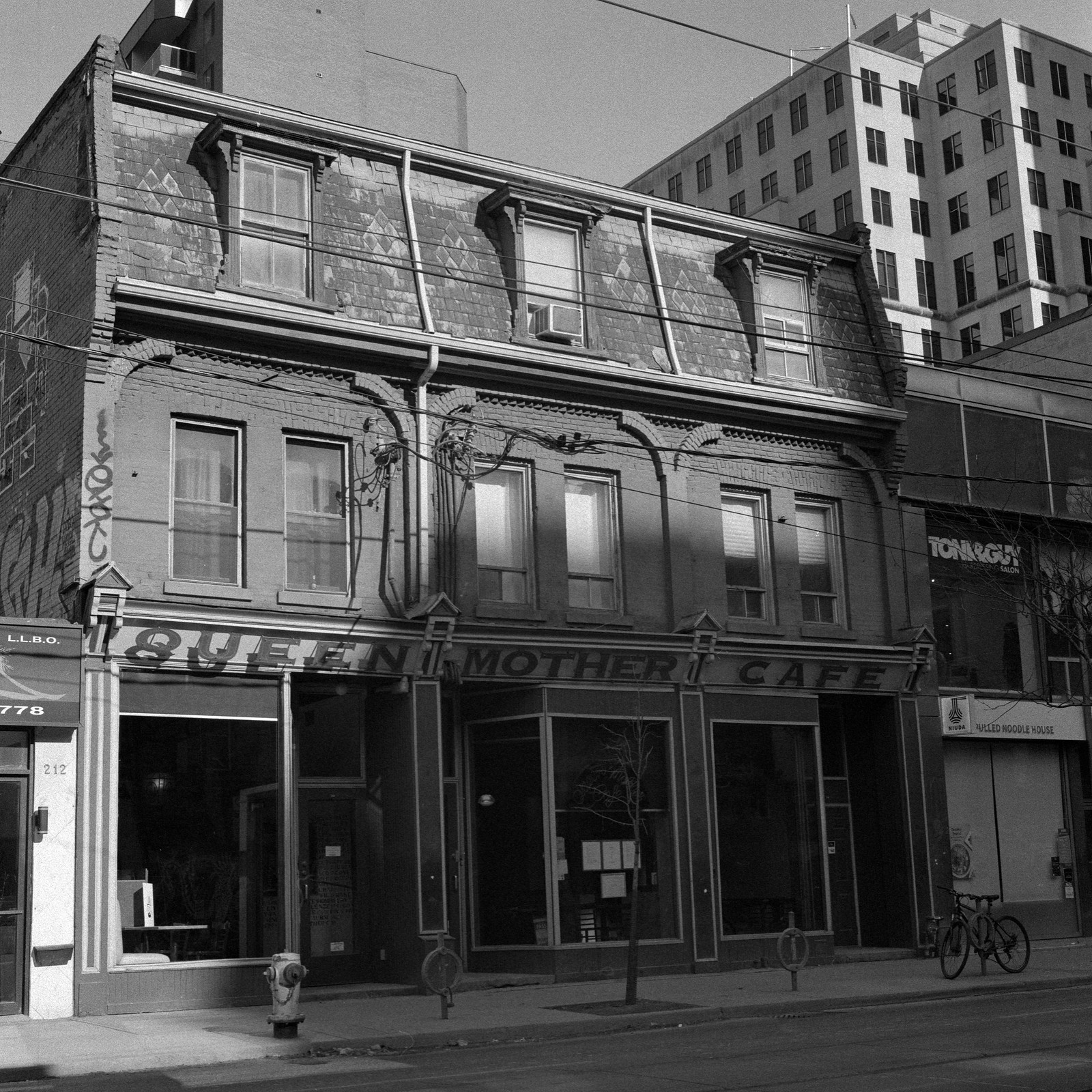
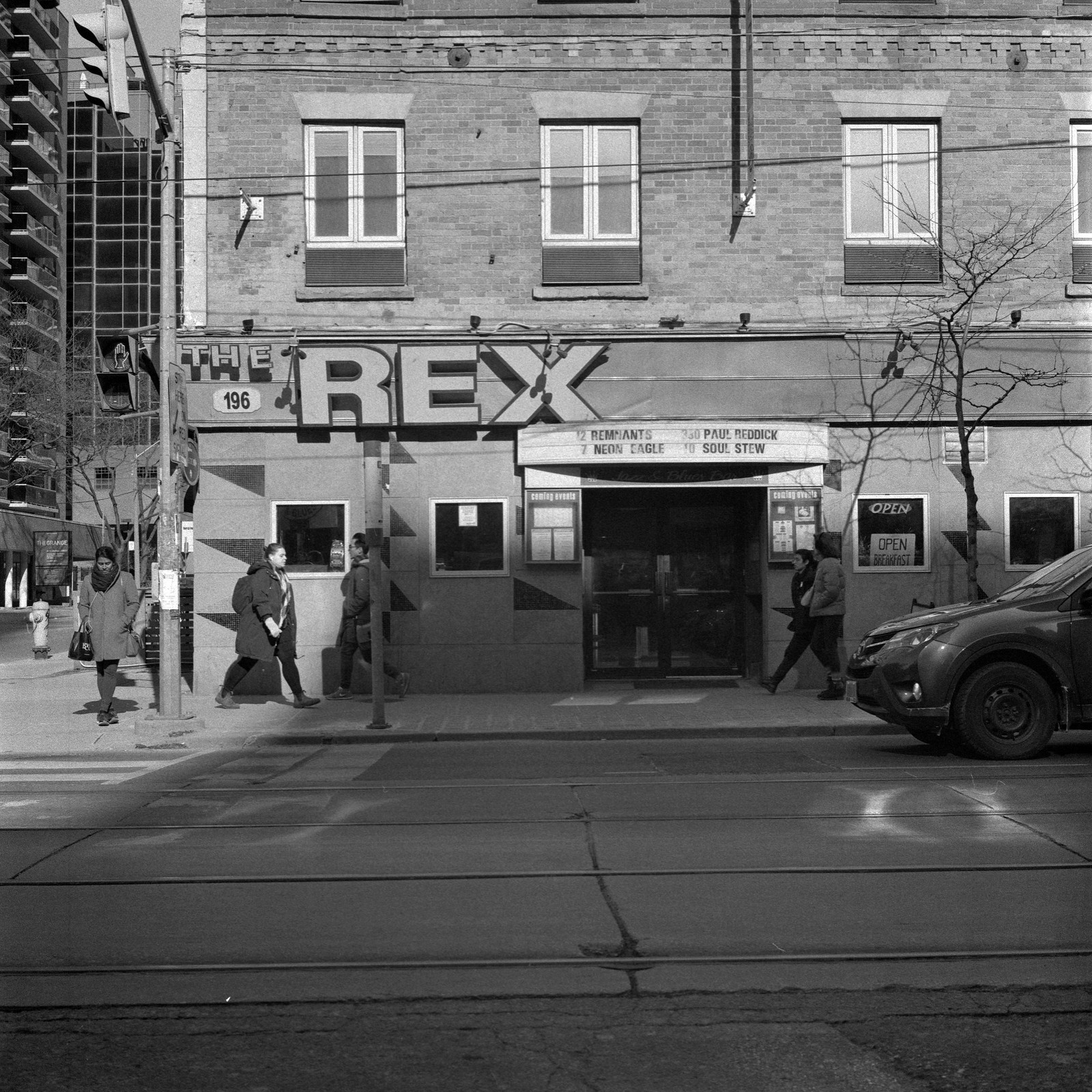
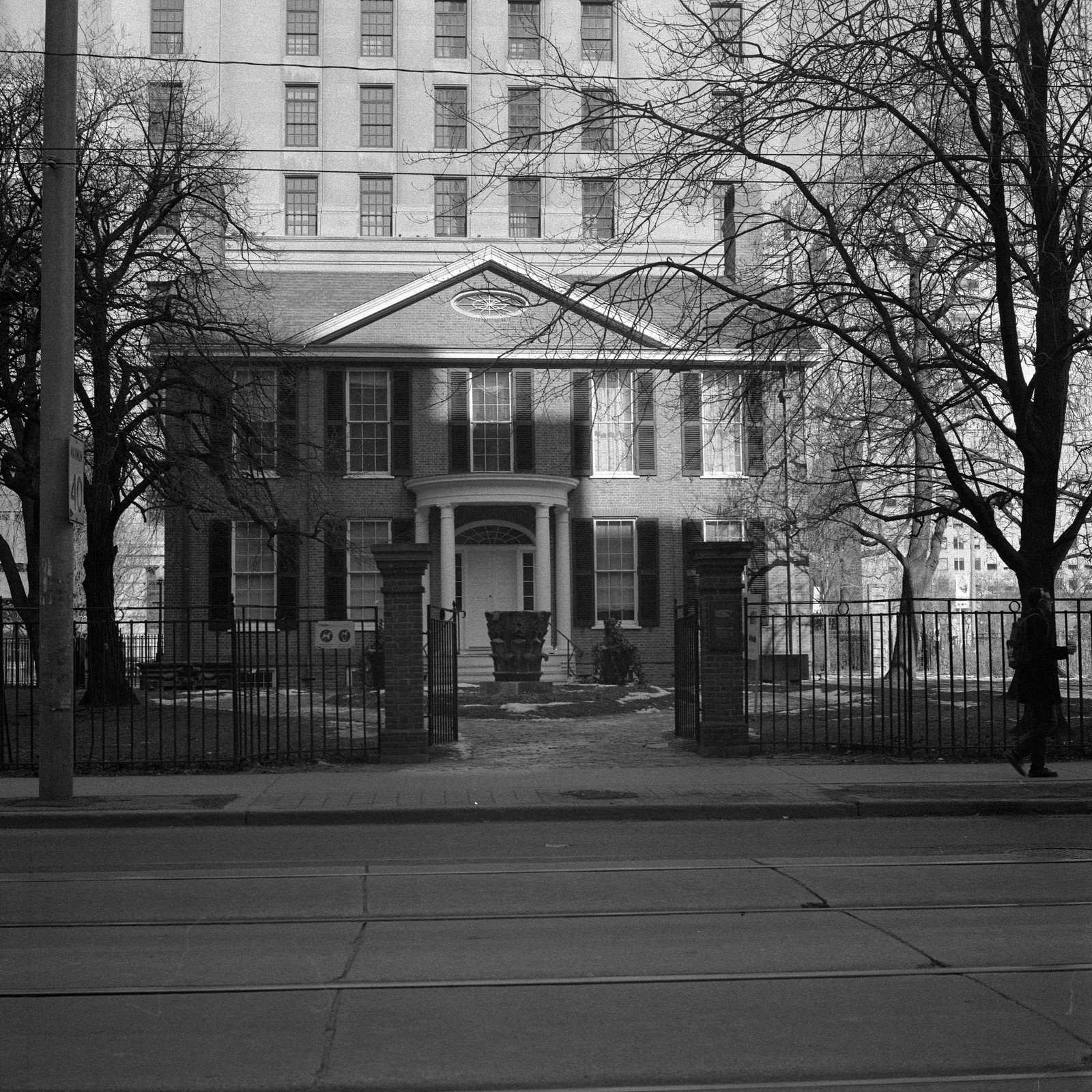
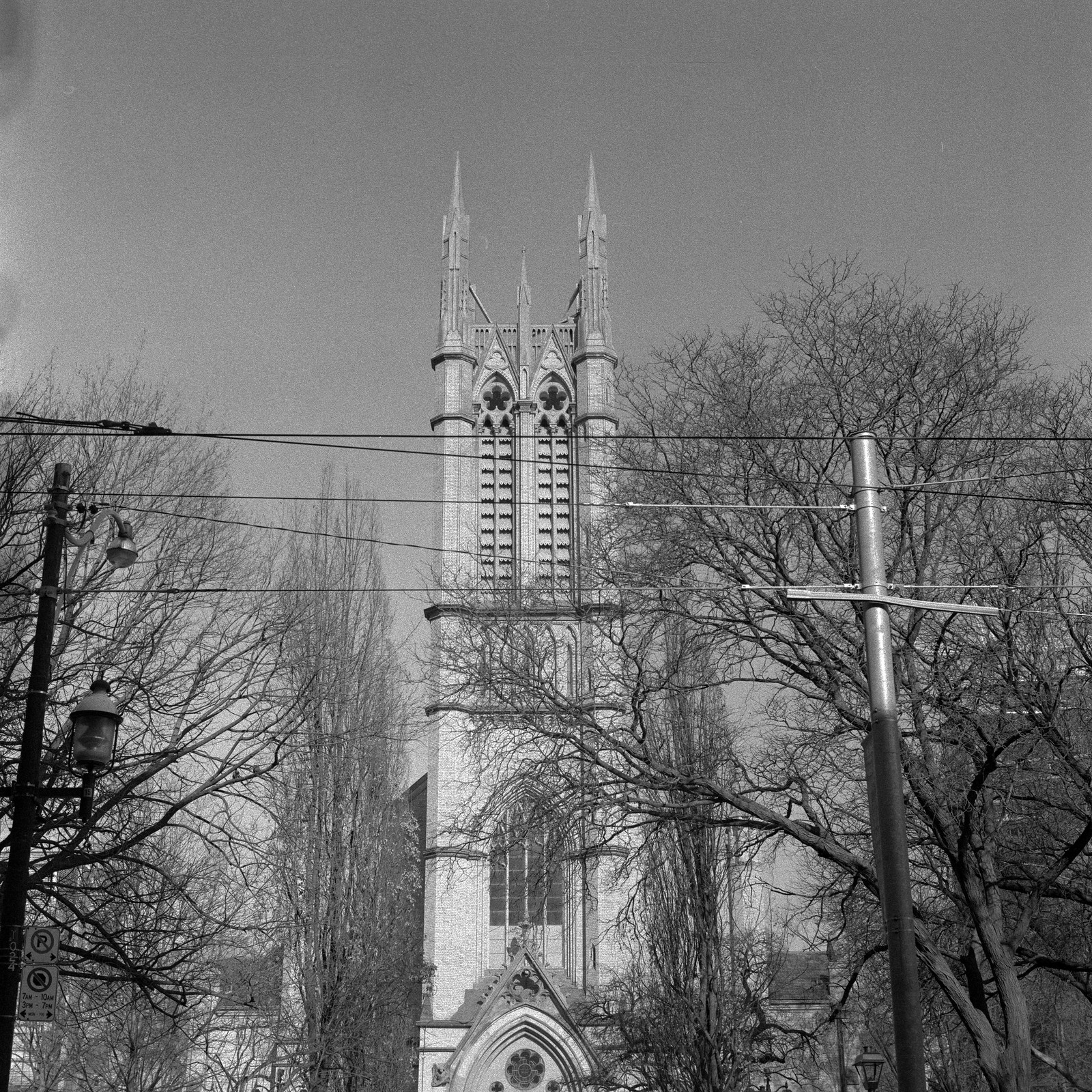
Qualities
While I would not call D96 a fine grain developer, it certainly doesn’t increase or decrease the grain of the film. If you have a grainy film it will develop with that grain and the opposite is true as well with fine-grain films being developed to show the fine-grain nature. But it’s that nature that helps with grainy films like N74 (Berlin 400) and also what you get from FilmFerrania P30 and FP4+. The only reason I think the Double-X turned out the way it did was because I think the developer was too warm or the film too toasted from sitting in a tent all weekend. Either way, I love what it does to the films I develop this in and certainly want to explore more of what I can do with non-motion picture film. But when it comes to contrast and sharpness there is a certain enhancement not increase in the inherent contrast and sharpness in a film. And I enjoy that about the developer, you see it clearly with Ilford FP4+ but also P30, Berlin 400 and Potsdam 100. It brings the best out in most films it touches.

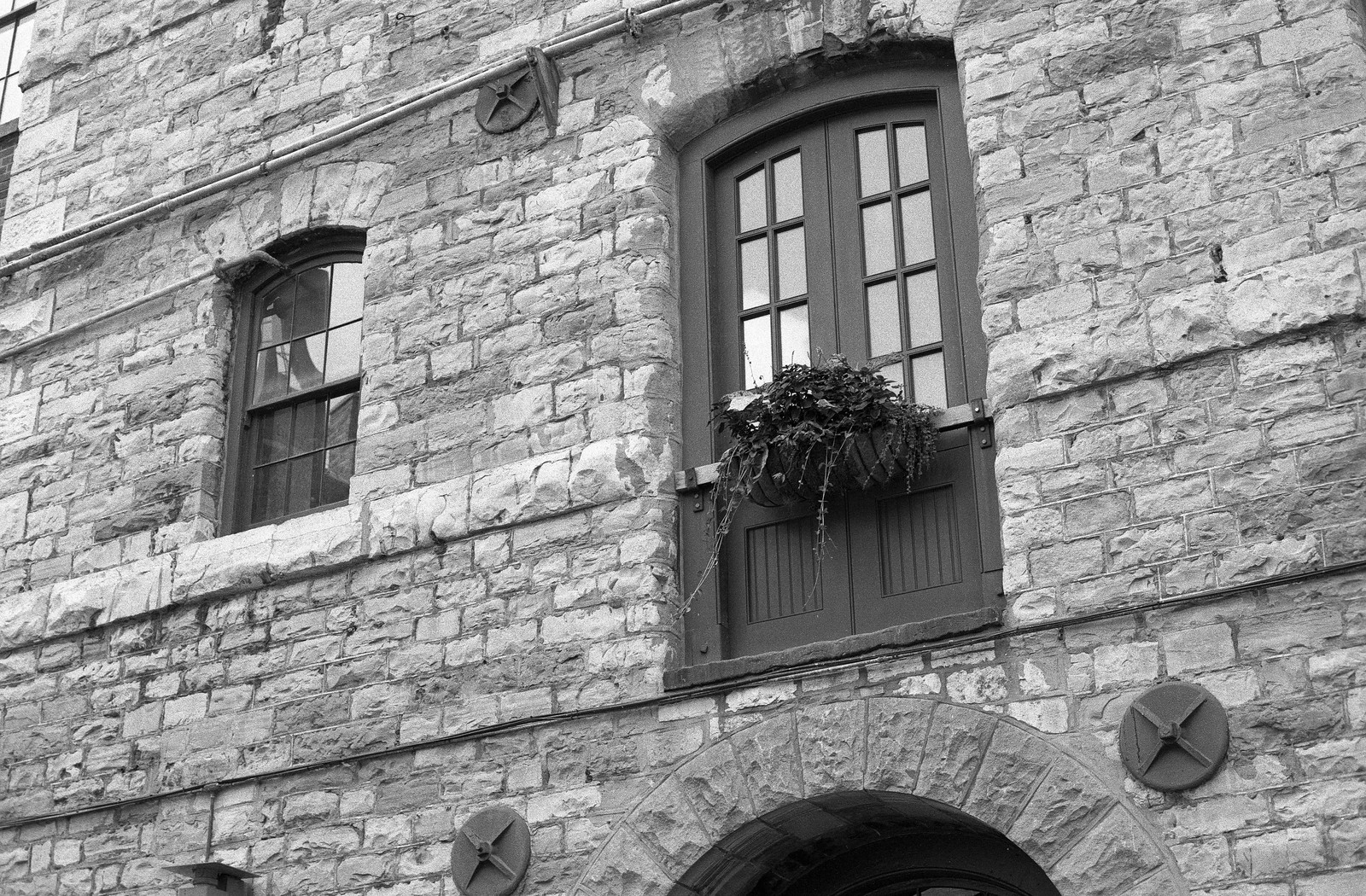

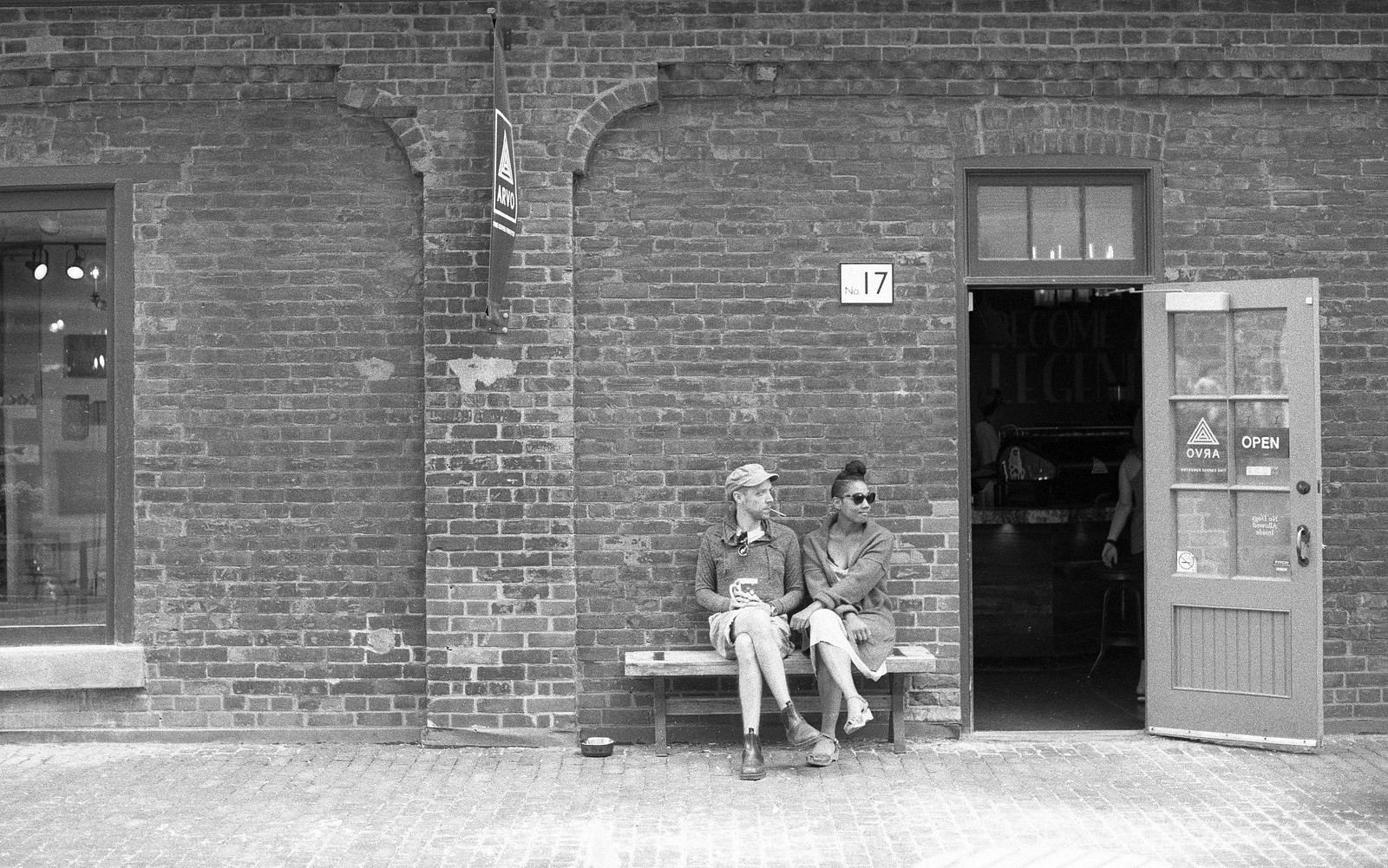
Lowdown
Having access to D96 is certainly helpful these days with films like Eastman Double-X, 2238, Berlin, and Potsdam all of which are repurposed black & white motion picture films. And that are all popular among film photographers. D96 certainly allows these films to shine. And besides being easy to mix up from scratch, you can also buy it in small and large quantities. If you need a small amount it’s easy to mix up yourself using materials you can get from Photographer’s Formulary or you can get a one-litre kit from Cinestill or a one-gallon kit from the Film Photography Project. And with more motion picture films coming out into general use adding D96 is certainly a worthwhile investment.

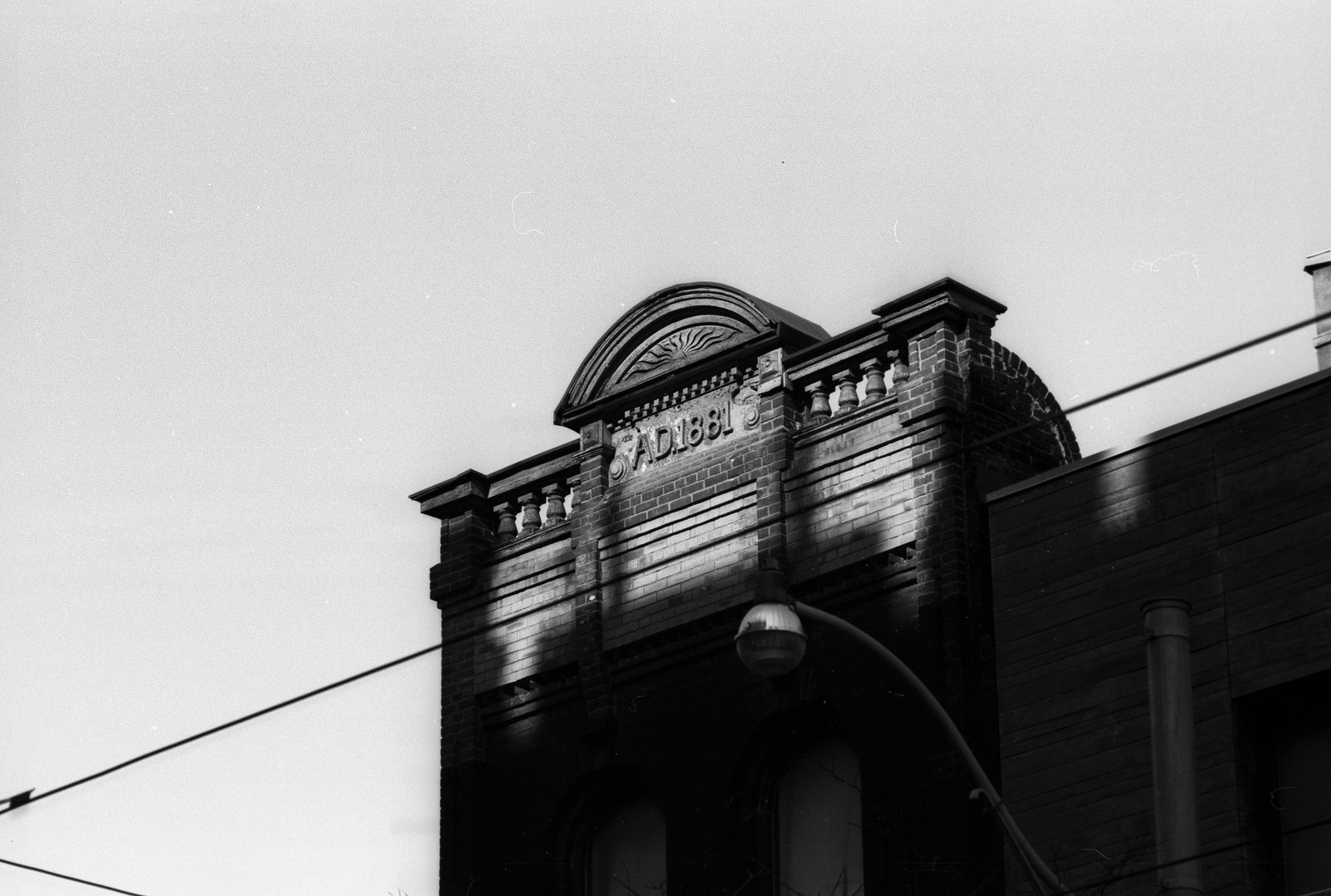
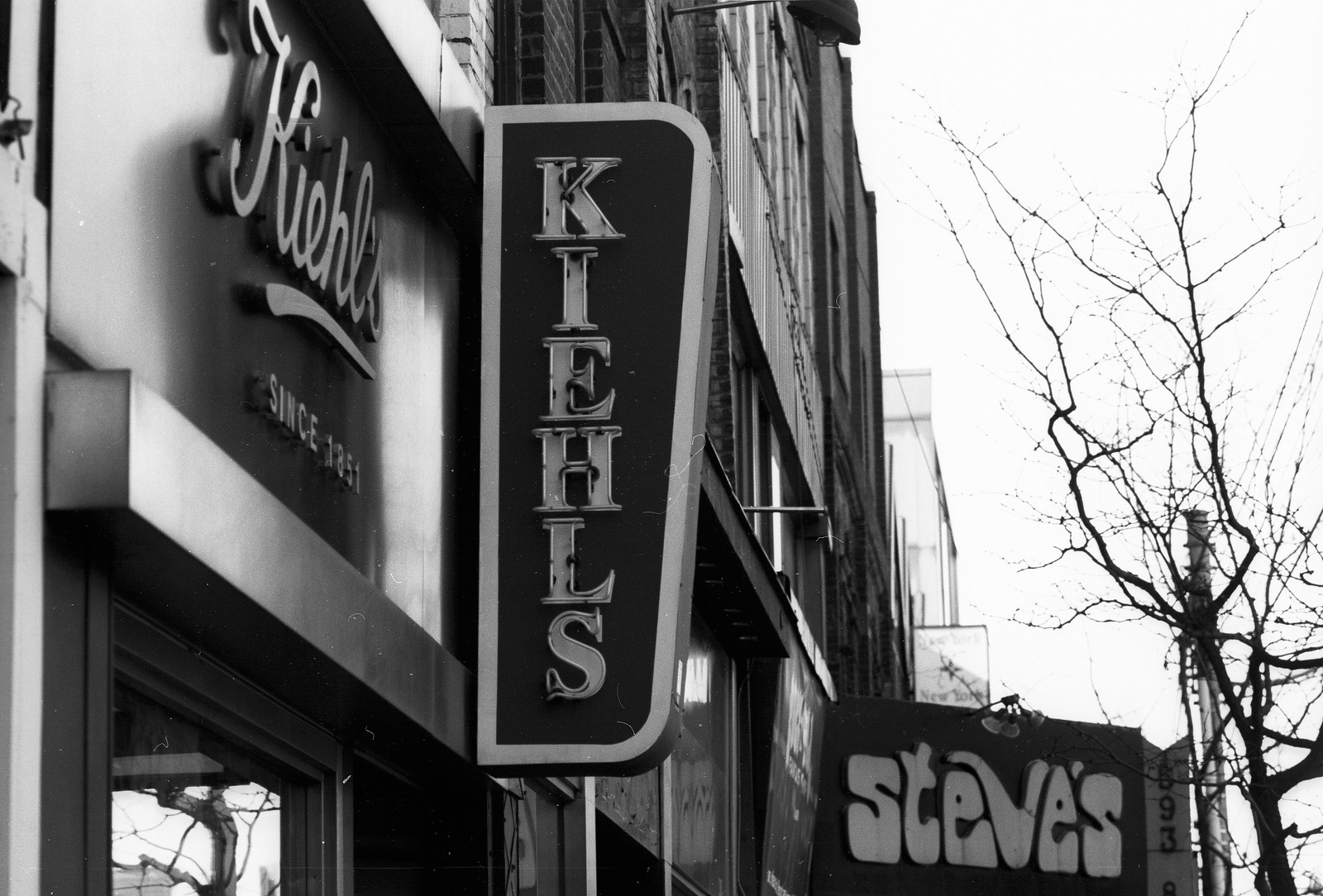
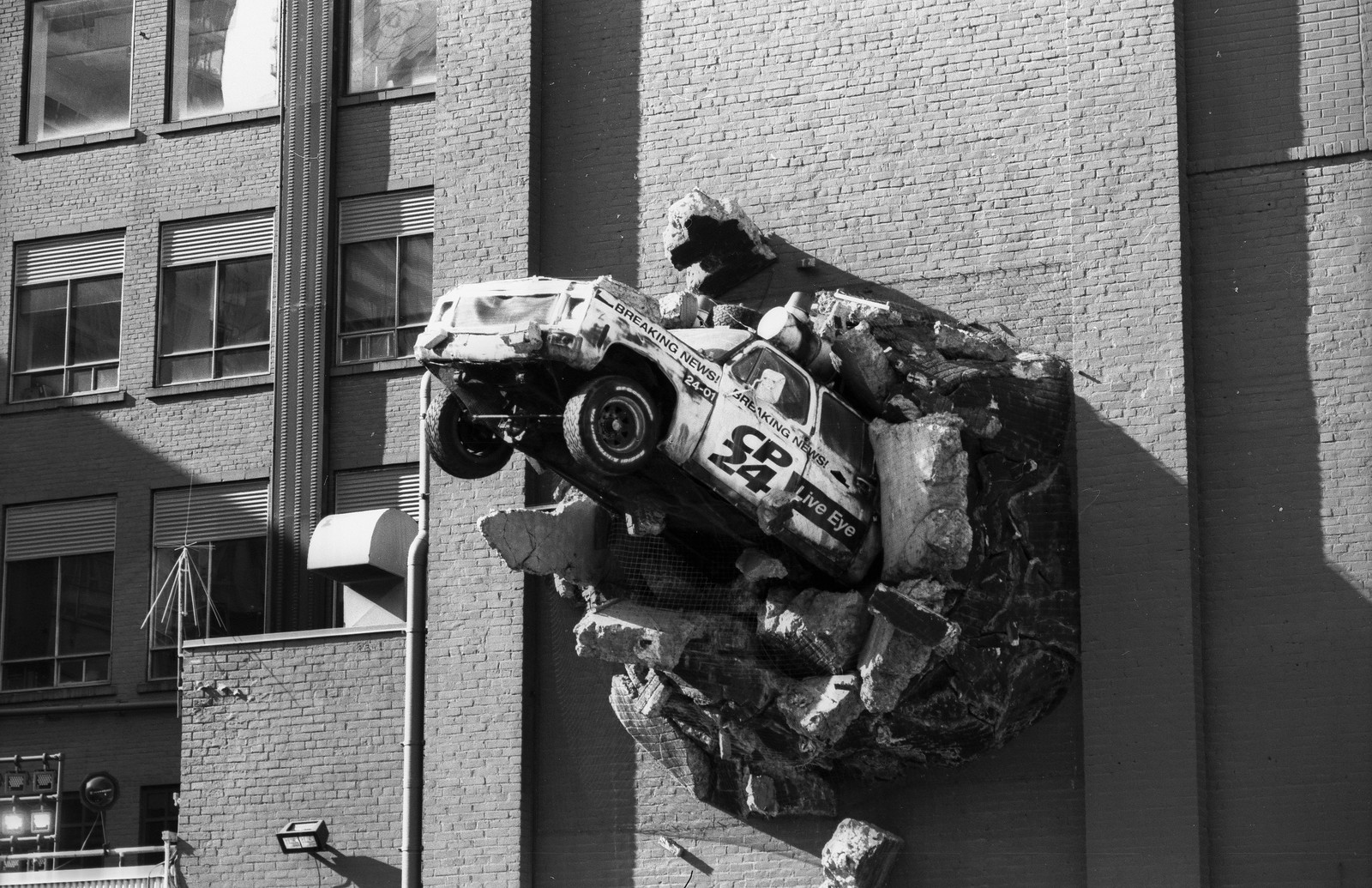
Recommended Reading
Don’t just take my word on D96 check out these other blogs on the subject!
Jeffery Sopar – Kodak D-96
Hi Alex. Thanks for inspiring blog and example photos. – When reusing D96 how much extra time do one add for each film?
Cheers! I’ll fully admit, I do not add any extra time for each roll I develop, I just use it for the recommended number of rolls then dispose of the chemistry.
Hi Alex, good afternoon, a question, have you used D96 with infrared film, like the Rollei 400, is it convenient, and if not, what developer do you recommend? Thank you very much!
Excuse my English, it’s via Google Translate!
I have not, mostly because there’s no listed time. I would recommend going with HC-110 or Ilfotec HC with Rollei IR400.